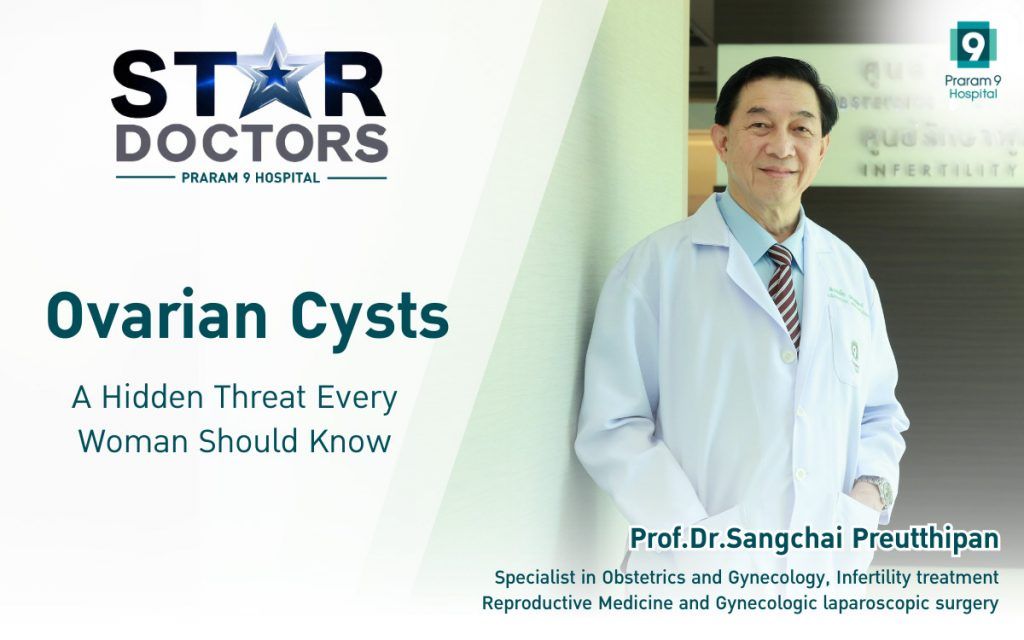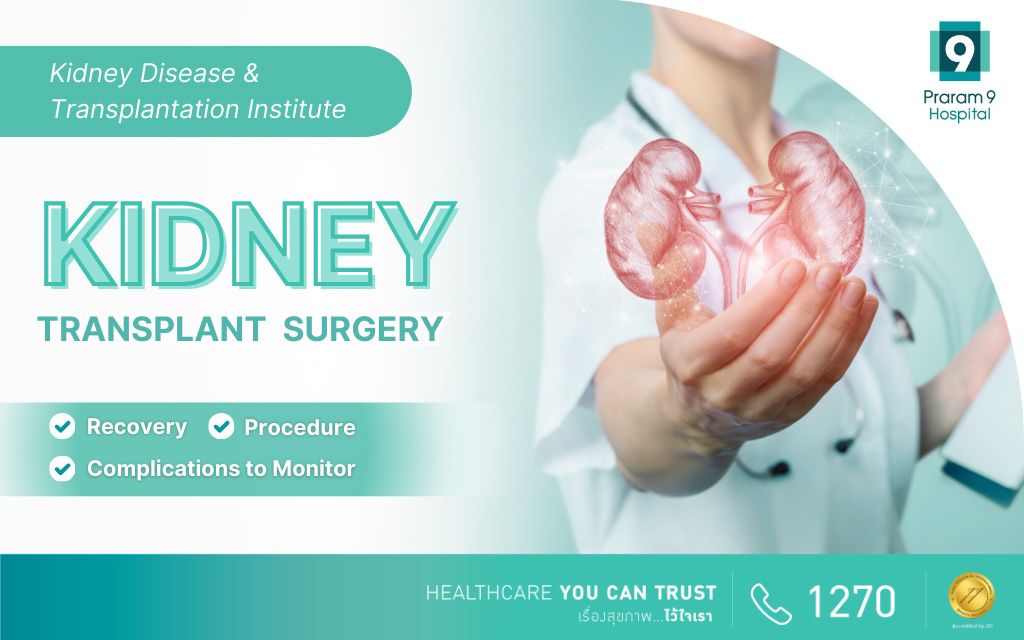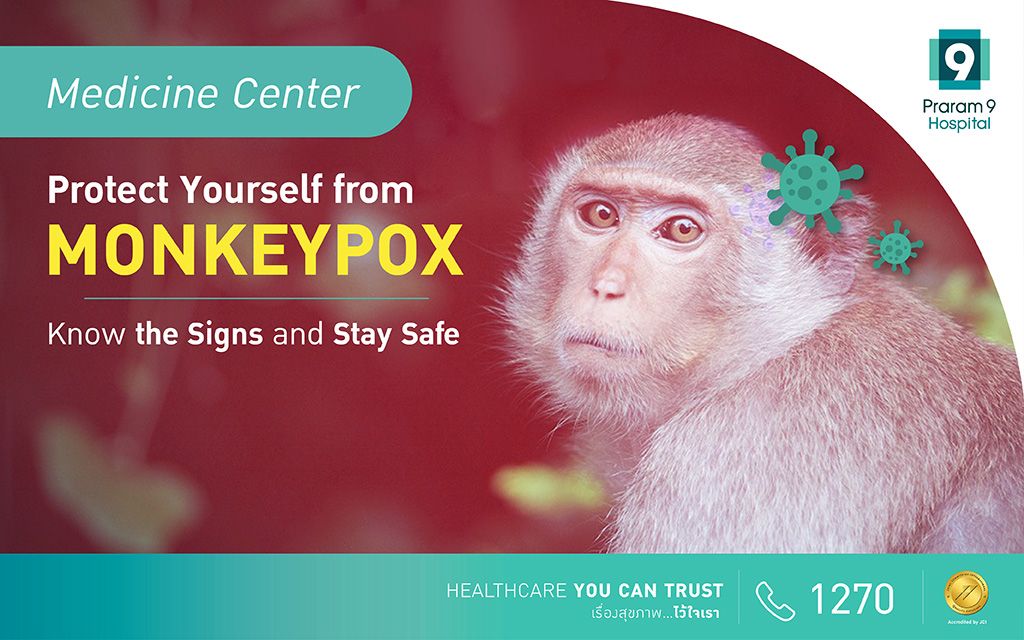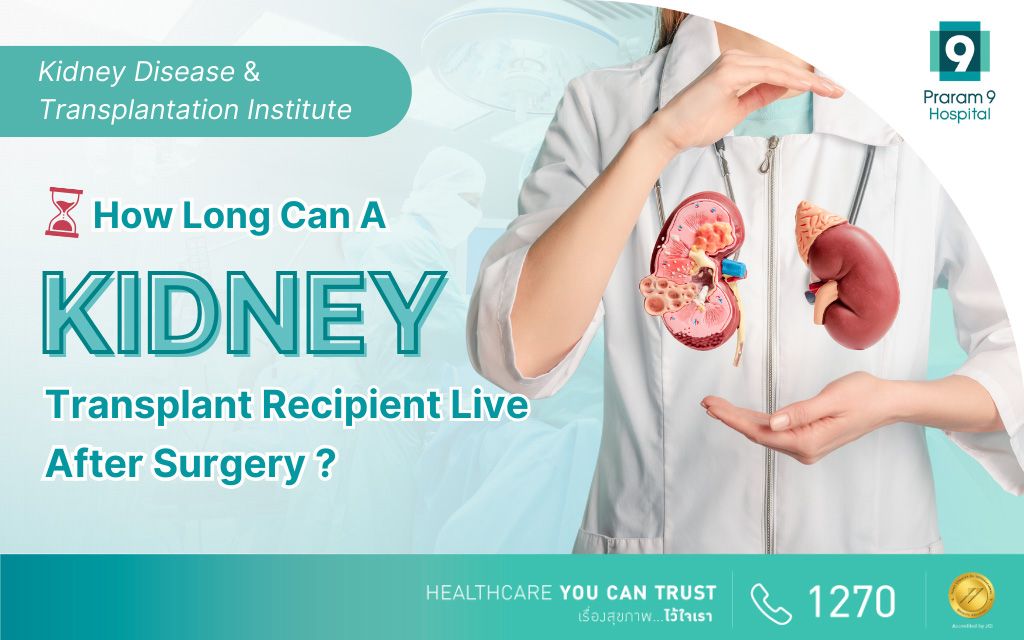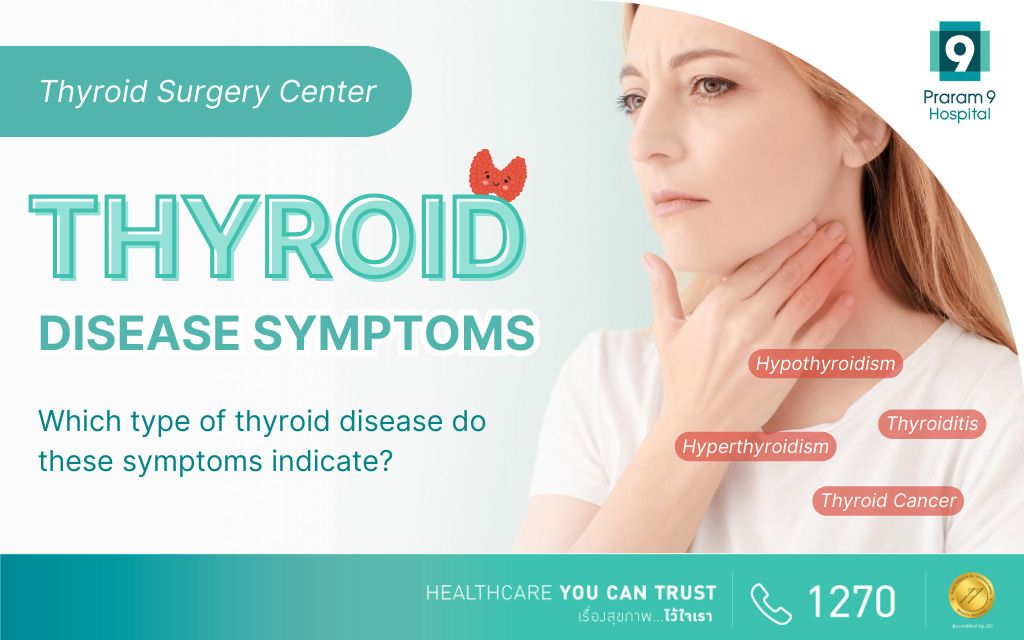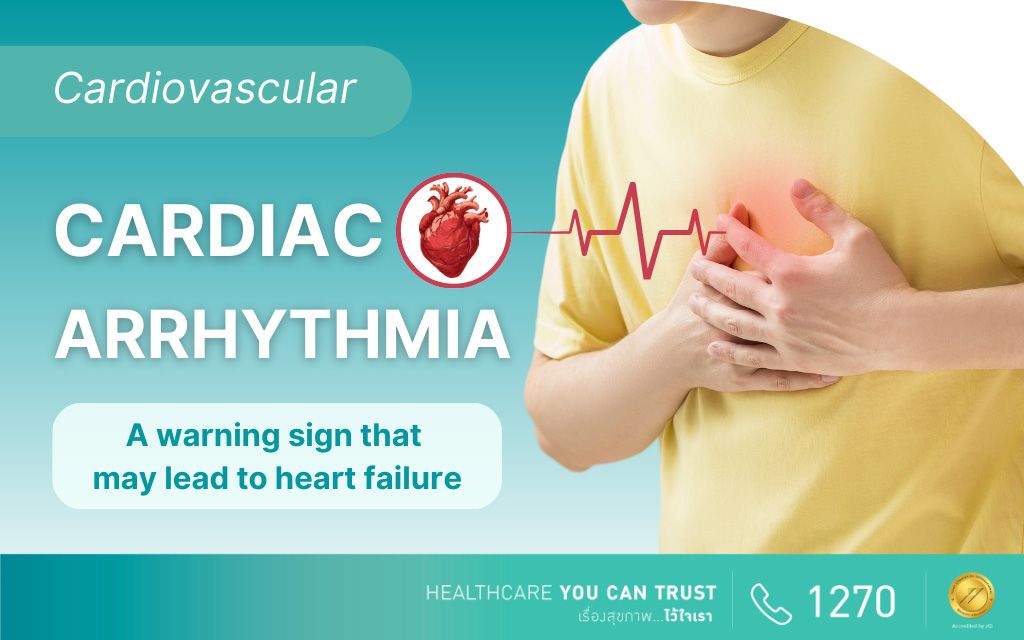Health Articles
Knowledge
Arrhythmia

The damage that occurs to the heart might affect the level of electric current in the heart and cause irregular heartbeat. Arrhythmia is a disturbance that causes the heartbeat to change. This condition can occur from several causes. The change of heartbeat might be too slow, too fast, irregular, or all of the above. Some cases might be considered severe. These symptoms can be treated by using oral medication. Surgery may also be needed in some cases. Some types of arrhythmia require a pacemaker. Life-threatening arrhythmia requires using defibrillation in order for the heart to beat normally again.
Risk factors of heart disease
Risk factors of heart disease that can be controlled
- Smoking
- Smoking can cause lung cancer, bronchitis, and emphysema. Smokers have two times the risk of having a heart attack and two to four more times the chance of dying from heart disease than non-smokers. Moreover, smoking can also be harmful to family members. Nicotine in the cigarette can cause the heart to work harder, increase the rate of heartbeat, and increase the blood pressure. Carbon monoxide in the smoke will attach to the hemoglobin in blood easier than oxygen. Therefore, the heart might not receive oxygen in the quantity as needed. Moreover, these chemicals can destroy the artery walls. Therefore, you should not smoke.
- Hypertension
- Hypertension can stimulate the process of fat accumulation in the artery walls to occur faster. The heart will work harder because it needs to use more force to reach all over the body.
- Hypertension is a factor that can increase the risk of heart attack, heart failure, or stroke. You can control hypertension by controlling the diet, exercising regularly, taking the medicines as instructed by the doctor strictly, learning to relax, and finding a way to manage the stress that occurs.
- High cholesterol
- Cholesterol is a type of fat that our body can produce and can be found in some types of food. When coronary artery disease occurs, it can be found that cholesterol is the main component of the fat and it is accumulated in the coronary artery. The higher the cholesterol level in the blood is, the greater the chance of the development and growth of the disease are. In order to maintain the level of cholesterol in the blood to become normal, it is necessary to plan the diet by choosing only food with low fat and cholesterol.
- Diabetes
- Diabetes is an abnormally high blood sugar, which is caused by the inability of the body to produce the insulin (one type of hormone that can lead the sugar from the blood to other cells in the body) or resistance to the insulin. Having high blood sugar for a long time might destroy the inner wall of the blood vessel and create plaque that accumulates inside the blood vessels.
- Sedentary lifestyle
- Less movement can increase the risk of coronary artery disease. Regular exercise is beneficial to the physical health. For example: It can strengthen the cardiac muscles and enhance the function, reduce the cholesterol level, control the body weight, and reduce the stress in case you don’t exercise regularly (at least 3-5 times per week). If your working lifestyle is sitting at a desk with low body movement, it means that you have a sedentary lifestyle.
A safe exercising program after having a heart attack or receiving bypass surgery can improve your symptoms faster and can prevent heart disease that might occur later. It is important to exercise by moving slowly. Then, increase the level little by little and enjoy exercising.
Risk factors of heart disease that cannot be controlled
- Family history: If the father, mother, grandparents, or siblings have a history of heart disease, you have a high chance of having a heart attack. The type of lifestyle each day can be categorized into this heredity factor.
55 years old and above: Coronary artery disease is related with the increase of age, whether female or male. The more the age increases, the more chance of having fat in the artery walls.
Gender: According to research, coronary artery disease can be found in males more than females, which might come from one type of female hormone that helps to control the fat to be in the proper level. Menopause females have more risk of having heart disease.
More Information: Praram 9 Cardiovascular Institute



